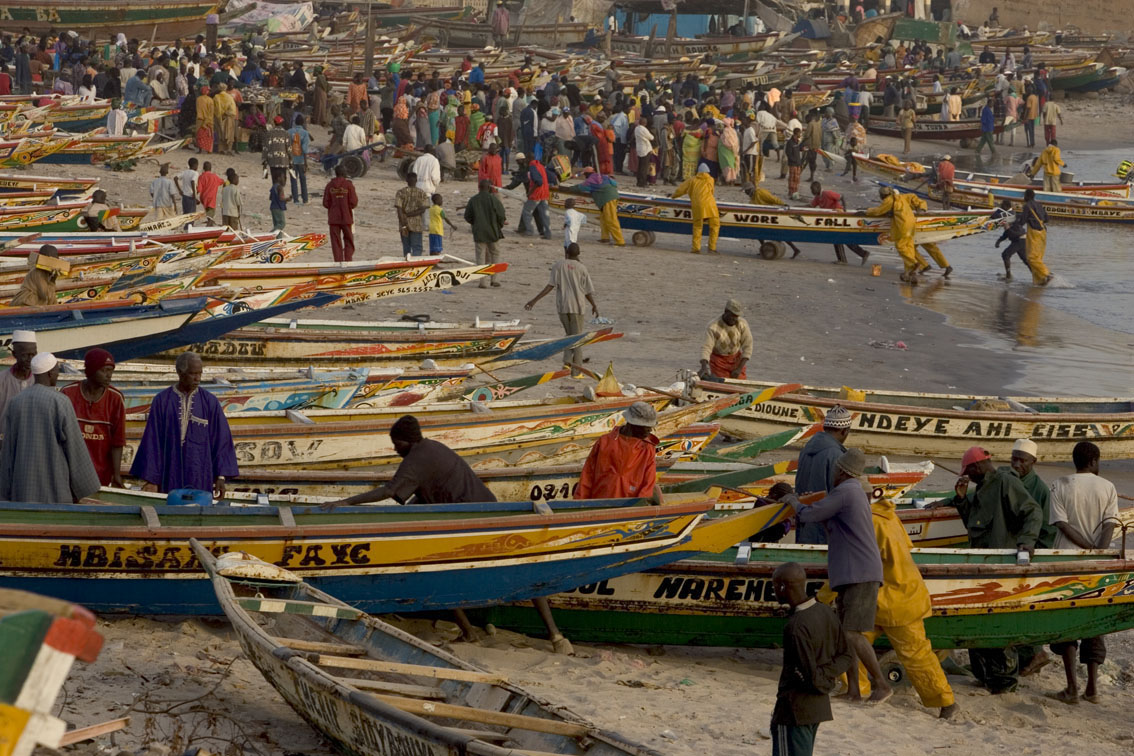
ROK – Start of the Nature-based Solutions Project (NBS)
Published on 11 July 2022“Management of Mangrove Forests in the Kalissaye Ornithological Reserve in Senegal (GEFOMA)” 2022-2024
Presentation of the Kalissaye Ornithological Reserve (ROK):
Located in Casamance, in the south of Senegal, and created in 1978 to conserve exclusively the remarkable ornithological areas of the zone, the ROK has evolved considerably and today encompasses the 31 _-014 ha of the Kalissaye Ramsar wetland. To follow the regulatory developments of protected areas in Senegal and improve the management of the Reserve, a management committee was created in October 2011. It brings together representatives of the elders, youths and grassroots community organisations from the 10 riparian villages and aims to promote dialogue between members with a view to improving the management and development of the Reserve. Its role, with the support of the ROK administration, is to implement management activities within the ROK. The management committee is the project leader for this project funded by the EDF Group Foundation.
Local context for the GeFoMa project:
The ROK is a wetland area with a high proportion of mangrove forest and a remarkable biological diversity. Nearly 2000 people live on the islands of the Reserve and historically practice subsistence agriculture, small-scale fishing and oyster farming. However, in recent years, two pressures have seriously threatened the ecological balance and local food security:
– The Casamance region has experienced a decrease in rainfall which has led to an increase in land salinity and impacts on coastal fisheries resources, forcing inhabitants outside the ROK to move, particularly within the ROK, to find natural resources.
– The ROK is adjacent to the third largest fish landing port in Senegal (Kafountine) with a fleet of 2,000 boats and an annual catch of 64,428 tonnes of fish products. In this port, fish are smoked using wood taken from the region.
These pressures on the ROK’s resources, the geographic isolation, the decline in production and the development of the riverside port, have therefore led to the development of poaching (collection of bird eggs and marine turtles), fishing with prohibited gears and the cutting of mangrove wood, with an impact on the availability of the resource for local communities and therefore threats to their food security.
Why NbS are appropriate:
Nature-based Solutions are defined by IUCN as: “actions to protect, sustainably manage and restore natural or modified ecosystems to directly address societal challenges in an effective and adaptive manner, while ensuring human well-being and producing benefits for biodiversity”.
In view of the challenge of food insecurity related to the existing pressures on the mangrove ecosystems of the ROK and the services of these mangroves in the ROK (protection of houses and fields from erosion, spawning grounds for fish populations, numerous migratory species), the basis of the project is therefore to restore degraded mangrove ecosystems and to ensure the maintenance of existing mangrove areas through Nature-based Solutions, such as natural mangrove regeneration.
Presentation of project activities and objectives:
The general objective is therefore to “protect and restore mangrove ecosystems to increase the socio-economic development of the island communities of the Kalissaye wetland”.
Three specific objectives make up this project:
- “The preservation of existing mangrove ecosystems”. To this end, surveillance patrols and information sessions will be carried out, meetings of the management committee will be held in the villages on a rotating basis, and the techniques of improved stoves and smoking will be promoted to reduce wood cutting.
- “Improving the supply of fish for the economic development of island communities”. To this end, mangrove areas will be left to regenerate naturally, others will be rehabilitated, and oyster farmers will be supported to improve their income.
- “Capitalization and dissemination of results”. As this NbS approach is not yet widespread, it is planned to monitor the results and share them to promote them.
To follow the ROK’s activities on social medias :
Youtube : @ La Réserve Ornithologique de Kalissaye
Facebook : @ Réserve Kalissaye ROK